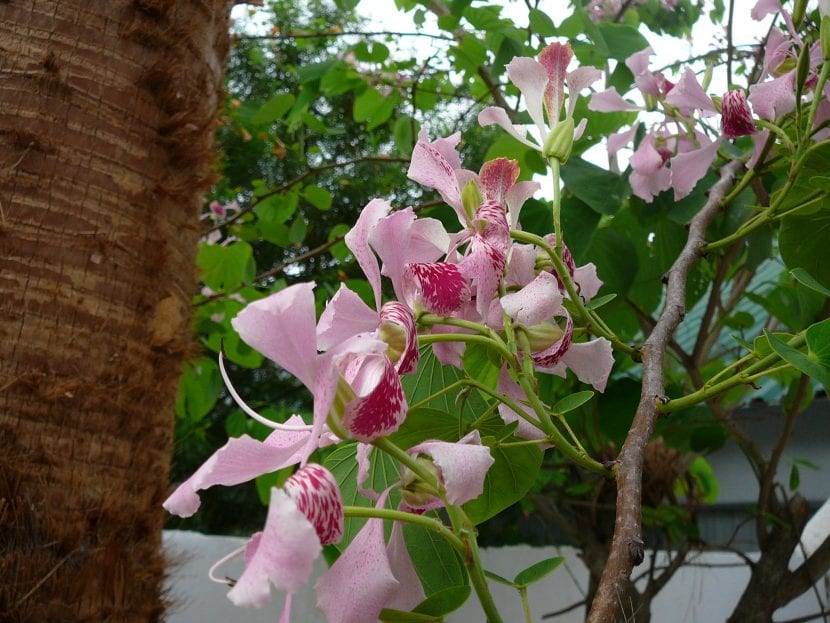
bauhinia monandra
Do you have a small garden that receives too much sunlight? Then, you urgently need shade trees and little root, some types of plants under whose branches you can enjoy being outdoors while reading a good book or celebrating a party with your loved ones.
If you want us to help you choose the best ones, you can be sure that we are going to do it 😉. Because we love it. Find out which species are the most recommended to provide shade without having to break pipes or floors.
List of trees with little root for shade
Arces
Maples are deciduous trees native to temperate regions of the world, found mainly in America and Europe. There is a great variety, some being better known than others, such as the Acer palmatum, Acer or Acer pseudoplatanus. Any of them are ideal for providing good shade, but if you have a rather small garden you have to opt for smaller species, such as country maple (10 meters), the Acer pensylvanicum (5-10 meters) or the acer negundo (12-15 meters).
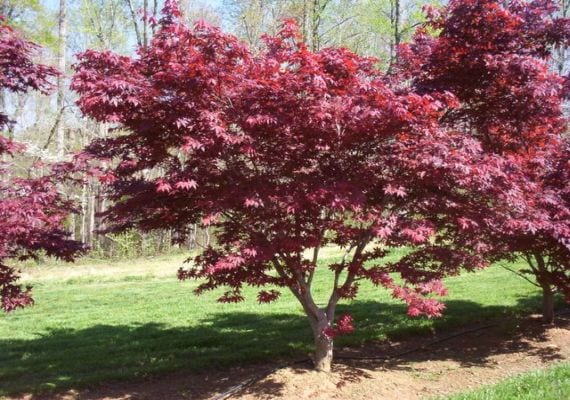
In order for them to develop well, it is very important that they are in places with a temperate climate., whose seasons are well differentiated. During winter the temperature should drop below 0 degrees.
Get japanese maple seeds here.
Bauhinia
- Bauhinia blakeana
- Bauhinia variegata var. candidate
All the Bauhinia, known as Orchid Tree, Camel's Foot or Cow's Foot, are deciduous trees native to Asia that reach a height of about 6-7 meters. They have a dense crown with a more or less parasol appearance, which is why over the years they give an interesting shade. In addition, its flowers are an authentic wonder as you can see in the images 😉.
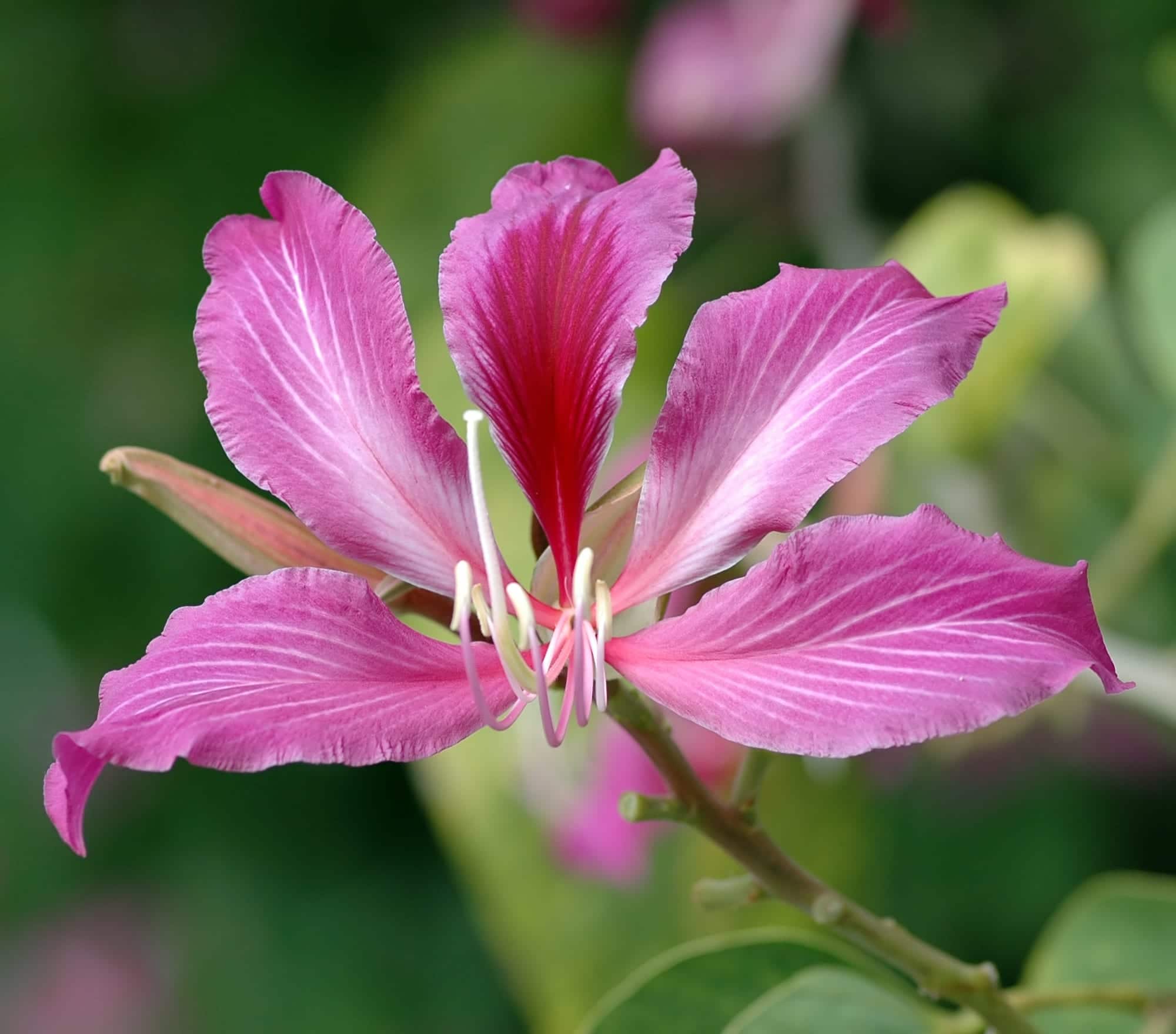
Plant them in full sun and enjoy them all year round. Withstands light frosts down to -7ºC.
Buy seeds.
Cercis siliquastrum
- Cercis siliquastrum
Known by common names Tree of love, Judas Tree, Judea Tree, Redbud or Crazy Algarrobo, is one of the most planted species in parks and streets. Native to Southern Europe and Western Asia, it only grows to a height of 6-12 meters, making it perfect for small gardens.
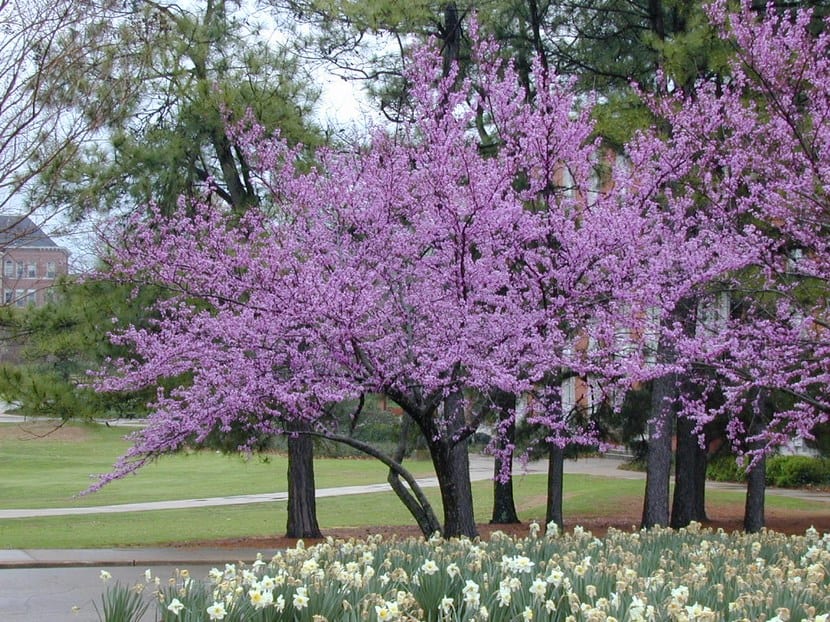
Its leaves are deciduous, and its lilac flowers are amazing. These appear before the leaves, in spring. The most interesting thing is that, not only does it provide good shade, but it can also be pruned in autumn or late winter. What if, it is also resistant to cold: up to -18ºC. Do you want seeds? Click .
Citrus
- Citrus reticulata
We don't usually think of citrus as shade trees, which is a mistake. Yes it is true that normally they are only used as fruit trees, but with some pruning you can get a specimen that gives you very good shade. Especially advisable is the lemon Tree, but actually any will do.

These trees are evergreen and have very nice aromatic flowers. So your garden, apart from being a very cozy place, will have dessert ready for you during the fruit season 😉. The only thing is that you must pay them from spring to autumn, and protect them from intense frosts. They support up to -7ºCbut while they are young they need a little protection from the cold.
Do you want a potted lemon tree? No products found..

Ligustrum Lucidum
- Ligustrum Lucidum
El arboreal privet you've probably seen it at some time in parking lots. It is an evergreen tree native to China and Japan that reaches a height of 12-15 meters. It has a fast growth, so if you are in a hurry to get that precious shade, this tree will be one of your best options, since in addition its flowers, which sprout in spring, give off a pleasant aroma.
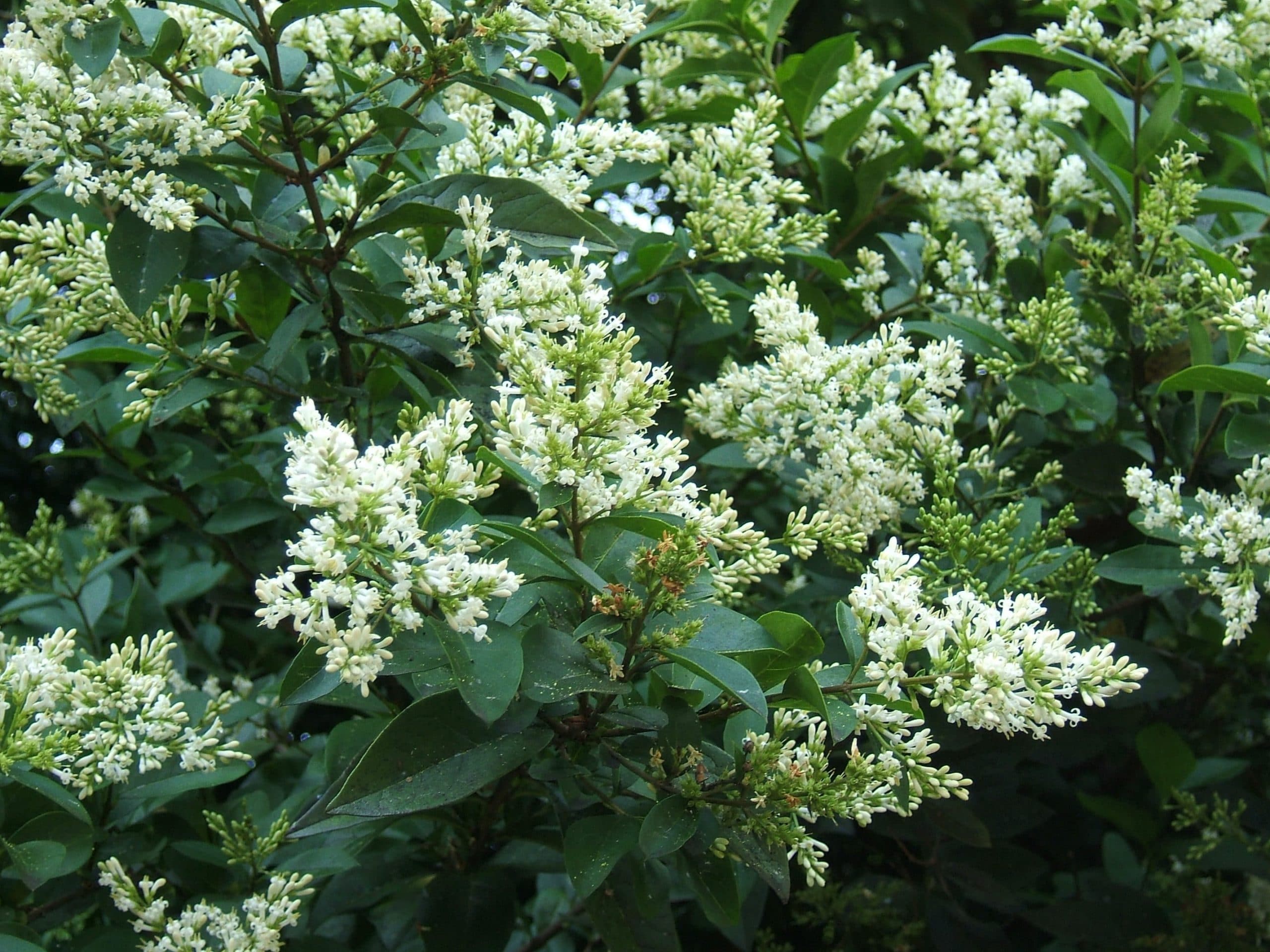
The only drawback is that its fruits when they fall dirty the ground, but it adapts to all types of soils. And if this is not enough, tell you that resists pruning and frost down to -12ºC.
.
Prunus
- prunus mahaleb
- Prunus serrulata
The Prunus… They are one of the most beautiful trees that exist, and one of those that can give an interesting shade to small gardens. There are many species as you can see in this article, but if you only want them to protect you from the sun and be decorative, get one of the ones you see in the images above.
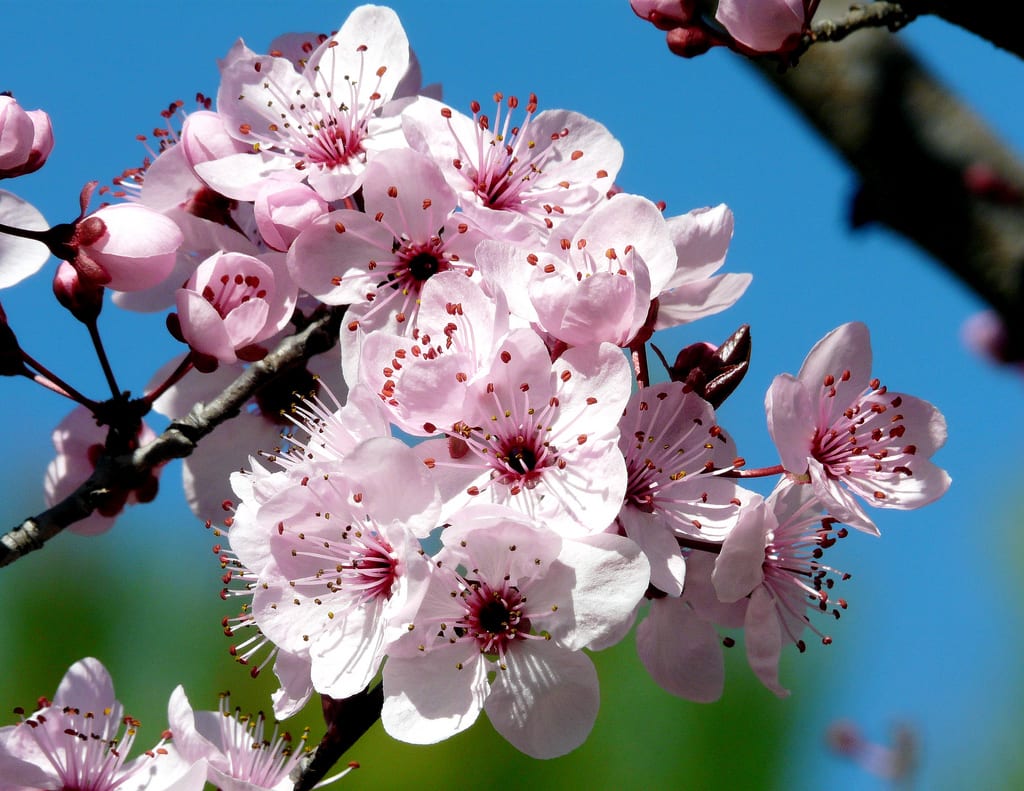
Both the Prunus cerasifera var. Pissardi, known as Pissard plum or Japan plum (among other names), as the P.mahaleb o Cherry of Santa Lucía, like the Prunus serrulata or Japanese cherry are deciduous plants that reach heights between 6 and 12 meters. Likewise, they are also very resistant: they withstand frosts down to -15ºC well.
Why should tree roots be taken into account?
The behavior and length of tree roots It is something that must be taken into account so that problems do not arise in the future.. And it is that if they were very long and strong, like those of the Ficus or elms for example, we would have to plant them far from swimming pools, pipes, and other things that could break. In fact, these would have to be at least ten meters away from the aforementioned, otherwise they would cause problems.
In addition, it is important that the trees, due to their size, are placed at a certain distance from other plants, especially if they need to be in a sunny exposure, or if they are also big, like palm trees, since if this were not done, all of them would compete for the same resources (nutrients, space, water, light), and the most weak and/or slow would be the ones that would lose out.
This is something that you must keep in mind even with the trees that we have mentioned here, because although their root system is not invasive, they also need to be able to grow well, on their own, without being disturbed by any plant.
Tips for the care of your shade trees and little root
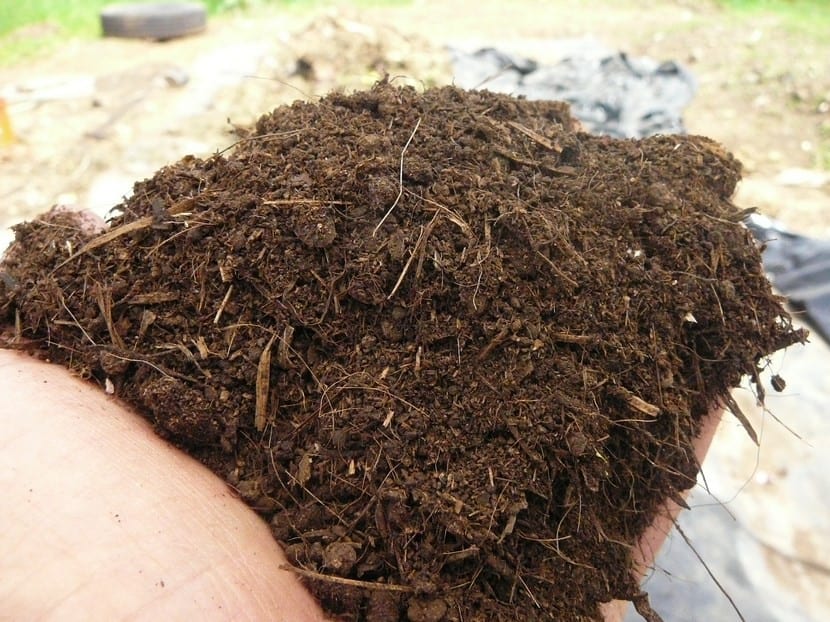
Do you already know which tree you are going to put up? If so, first of all, I invite you to read these tips. Unfortunately, we often see trees that, although they do not have invasive roots, are placed too close to a wall or asphalt or tiled ground, and over the years their root system ends up causing problems. The human being in these cases always ends up blaming the tree, when the only person responsible is the one who planted it there.
To avoid unpleasant surprises, both in the medium and long term, you must leave space for the plant and move it at least 50cm to 1m away from any construction. Surely during the first years nothing will happen for having planted it a few centimeters from the ground, but foreseeably in the future it will be necessary to take measures to prevent the situation from worsening.
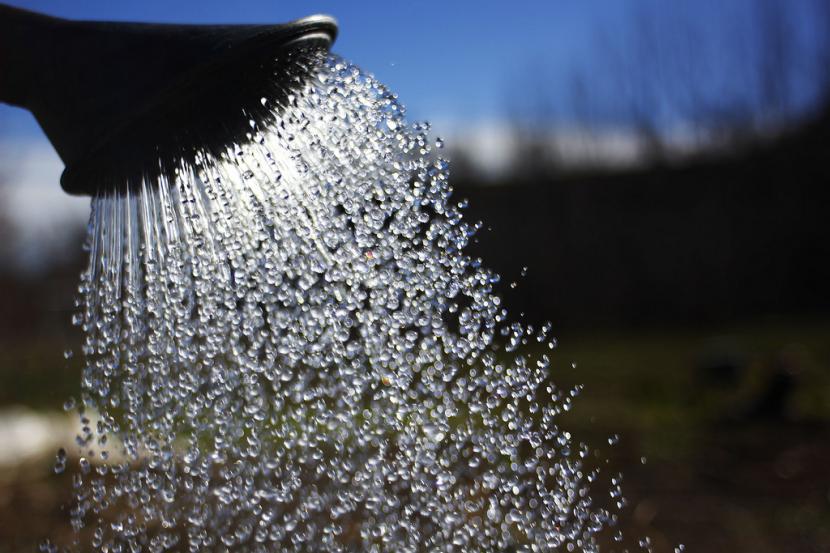
Another topic I'm going to talk to you about is maintenance. The trees we have selected are suitable for beginners, but they need water, as well as a regular supply of fertilizer throughout the growing season. The best water will undoubtedly be rain, but if you can't get it, you can fill a bucket and let it sit overnight before using it. Don't let the earth stay dry for a long time, and enrich it bringing you from spring to late summer or early fall Organic fertilizers.
To prevent pests, get neem oil y potassium soap, and treat your plants once a month (use one if you want and the next the other; do not mix them). You can even do very well diatomaceous earth, both to prevent parasites from damaging them and to fertilize the soil.
And nothing more. With this you will surely have shade for a long, long time.
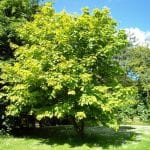
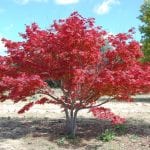
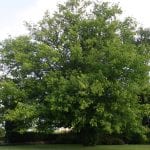
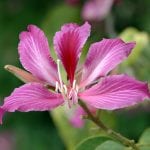
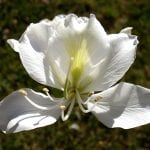
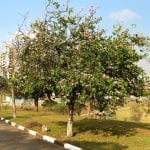
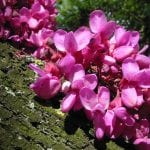
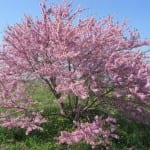
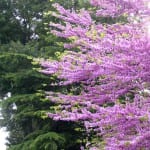
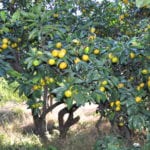
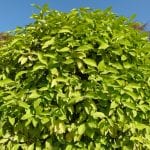
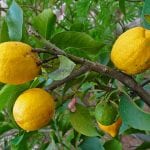
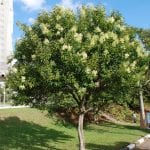
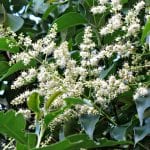
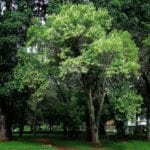

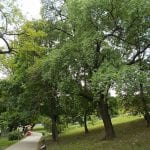
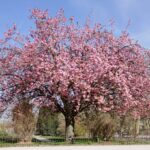
Hello Monica:
I bought an olive tree with olives and it was in the pot I had for more than a year. I planted it in the garden, in an area with automatic irrigation where there are other fruit trees. The fact is that the olive tree has not produced a single olive and has dry, brown-tipped leaves.
I also have a pear tree that has always produced pears without receiving any treatment and this year was the first that did not bear any fruit. It has wrinkled leaves and a little brown around the edges.
I do not appreciate insects. Automatic watering works daily in summer and sparingly in winter.
I would be grateful if you could indicate what I can do to remedy both trees.
I already imagine that without seeing the leaves it is complicated. If you want I can send you some photos. You will tell me.
Thanks in advance and greetings:
Pink
Hello rosa.
With regard to the olive tree, I would recommend if it is possible to remove the automatic watering. It is a tree that is prepared to withstand drought, but not excess moisture. Where I live (Mallorca, Spain), it is a native plant and bears fruit every year only with the little water that falls.
And with regard to the pear tree, how old is it? If there is no plague, it may be that it has reached senescence (old age). In any case, I would not rule out a lack of compost either.
You can send us photos through our Facebook.
A greeting.
Hello, a query, for the interior of a house that was built with an interior space to place a tree, what species can you recommend? The ground space is 3 × 2 meters. It has a lot of natural light but in the first years it will not have direct sun. Thanks a lot! Very useful your page! Greetings.
Hello Maria.
Where are you from?
3 x 2 meters is very little for a tree. But there are shrubs that are shaped like a tree, like the camellia, or the Polygala myrtifolia.
Greetings.
I write from Argentina, Buenos Aires. The idea is to have green inside the house. That square was left (like a concrete pot on the foundation) and it is opened up with the idea of putting something like a tree, preferably perennial, and if it is with flowers, better. Any recommendation?
Hello Maria.
There are shrubs that have the shape of a tree, or that can be easily given with small prunings, such as the Polygala myrtifolia, or the Hibiscus rosa-sinensis.
Here you have more bushes in case you are interested.
Greetings.